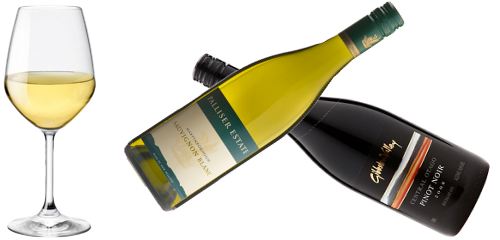
Discuss (Up to OJBs Wine Info Page) Notes on TastingWhat could be so hard about tasting wine? Well nothing I suppose, but if you are serious about wine (and at the price of some wine you need to be serious) its worth making a bit of extra effort to get the most from it. I make notes about every wine I taste - some people find this a bit tedious and maybe even anti-social when I pull out the notepad (usually my Newton) and make notes at dinner - but I think it really helps with appreciating wine. Why do I make notes? First, its useful to have a record when buying wine and recommending it to other people. Second, when going through the routine of making notes it makes you concentrate on the wine more (and hopefully enjoy it more). Finally, it increases your general wine knowledge. Wine Tasting Routine: Preparation and PouringI don't believe its worth making the whole process too complex but you should do a few basic things when tasting. First, make sure you have the wine at the right temperature. If you chill whites too much they will lose a lot of their flavour. The correct temperature will depend on the wine but overall its better for them to be a bit warm rather than too cold. Next make sure you have a proper wine glass. There is an ISO standard but any clear tulip-shaped glass should be OK. Generally, standing the wine and allowing it to "breathe" isn't really necessary although there are some cases when this is advised. Also, unless there is significant sediment, decanting it probably isn't necessary. When you open the wine try not to get cork into the bottle and when opening sparkling wine don't allow the cork to fly all over the room - as well as being hazardous this release a lot of the wines effervescence before you serve it. Practice your pouring technique. Fill the glass about half way and give the bottle a little "twirl" at the end of the pour to avoid drips. Wine Tasting Routine: Looking, Smelling, TastingThere's more to wine than just its taste. An attractive appearance is also important and the bouquet is critical - you smell the wine before you taste it and all the subtle flavours are more the result of what you smell rather than taste. When I make notes I divide them into five sections like this:
Its hard to make consistent notes and its hard to make notes that will be meaningful to someone else, but you can use a standard list of descriptions and compare notes with more experienced wine tasters until you become more experienced. ![[Up]](../XuShared/Up2B.jpeg)
![[Comment]](../XuShared/Comment2B.jpeg)
|
||||||||||||||||||||||